By RYO SASAKI/ Staff Writer
January 6, 2025 at 07:00 JST
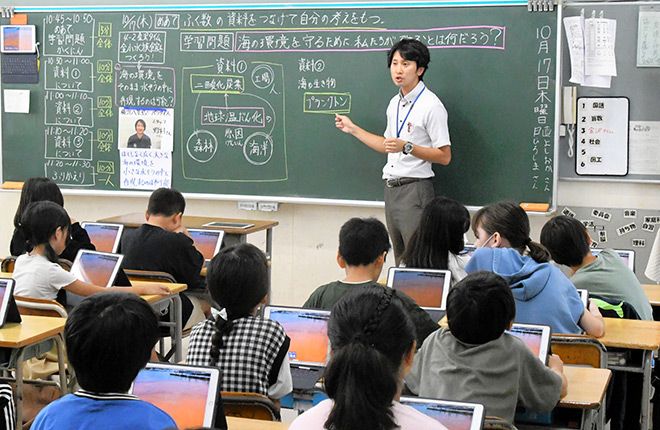 A class is held in Yokohama's Kanazawa Ward with the help of teaching materials from the Japan Agency for Marine-Earth Science and Technology (JAMSTEC) as part of the science, technology, engineering, arts and mathematics (STEAM) education program. (Ryo Sasaki)
A class is held in Yokohama's Kanazawa Ward with the help of teaching materials from the Japan Agency for Marine-Earth Science and Technology (JAMSTEC) as part of the science, technology, engineering, arts and mathematics (STEAM) education program. (Ryo Sasaki)
On a recent school day, pupils were watching a ship navigating the ice-filled sea on tablet computers during a comprehensive learning class.
The photo showed the Arctic Circle in 2007.
Teacher Masatoshi Nozaki asked the fourth-graders at Yokohama city’s Kanazawa Elementary School, “How do you think the situation had changed in the same place in the same season by 2012?”
The screen then switched to a picture of the sea almost entirely free of ice, prompting surprised shouts from students across the classroom.
The lesson on that October day was themed on the “impact of human activities on the ocean.”
Students considered and presented approaches that they can take on their own.
The photos of the Arctic Circle were taken by the Japan Agency for Marine-Earth Science and Technology (JAMSTEC) during its surveys.
Videos from JAMSTEC were likewise replayed during the class, capturing red tide that is caused by the outbreak of plankton as well as the water surface and seafloor littered with plastic waste.
“Children were looking at those materials with intense curiosity, which means that their reaction was definitely different from usual,” Nozaki remarked about the images’ effects. “Such teaching materials are impossible to produce for a single educator like me, no matter if I want to create one.”
One of the students, Akari Miura, called the studying aids as “easy to understand.”
“I learned that people are doing many things, like throwing away trash,” she said.
National research and development institutes such as JAMSTEC are pitching their educational materials for use in school classes, believing that those resources will help nurture future scientists.
This trend is spreading as part of efforts not only to contribute to society but also to promote the science, technology, engineering, arts and mathematics (STEAM) education policy.
JAMSTEC embarked on the development of unique teaching tools in 2023 based on the vast quantity of its data, such as the images of deep-sea creatures snapped in explorations using the manned research submersible Shinkai 6500.
The idea was reorganizing and transforming these scientific findings into learning resources, making them suitable for use in schools and other educational institutions.
As the first step, JAMSTEC cooperated with the educational board of Hachinohe, Aomori Prefecture, which had established mutual ties.
Learning materials were provided as slides and worksheets especially prepared for school lessons.
For the sake of educators, the teaching aids came with a dedicated instructional manual and a list of explanations to be written on the blackboard. Additionally, a specialized chart was created to clarify how these resources can contribute to respective education topics specified under the national curriculum guidelines.
The move was inspired by the state’s STEAM policy for cross-curricular learning. JAMSTEC set up the Ocean STEAM Project Section in April this year.
Contributing to society is not the sole reason for JAMSTEC’s aggressive endeavor. It deems the activity as an approach to “grow and secure personnel to engage in marine research” at some point as well.
“Many scientists feel that the pool of human resources has diminished at an alarming rate over the past 20 years,” said Morio Ichihara, head of the Ocean STEAM Project Section, explaining the motivation. “We will be sparking children’s interest in oceanic research, digging up JAMSTEC’s treasure trove for use at educational facilities.”
MOON REPRODUCED IN VIDEO GAME
Similarly, the Japan Aerospace Exploration Agency (JAXA) is releasing digital resources for learning objectives with the STEAM education in mind.
The centerpiece among these materials is the Lunarcraft model, unveiled in December 2023. The model consists of a faithful reproduction of the moon created on the Minecraft online video game.
As players can freely combine blocks to build virtual spaces of their choice in the title, Minecraft is often used for computer programming and other teaching purposes.
In Lunarcraft, geographic features were meticulously designed, using data from JAXA’s lunar orbiter Kaguya. Players can jump there six times higher than on Earth, accounting for the difference in gravity.
Minerals believed to lie beneath the moon's surface according to recent surveys are actually buried in Lunarcraft as well.
Now that the educational model has been downloaded 9,000 times, educational courses featuring Lunarcraft are organized on a trial basis throughout Japan to promote the use of JAXA’s brainchild.
For example, participants in those classes are tasked with "installing the necessary facilities for long-term survival on the moon" among other challenges. They work in teams to determine solutions.
“The biggest selling point is that the model was crafted by JAXA to replicate the actual moon,” said Naomi Miyazaki, a JAXA official involved in the creation of the lunar reproduction. “Our hope is that students will be able to experience the environmental differences between outer space and Earth while refining teamwork skills to solve problems.”
STEAM IN SPOTLIGHT
In January 2021, the Central Council for Education recommended that the government proceed with the notion of STEAM for cross-curricular learning.
The comprehensive learning program for elementary and junior high schools, as well as the special science-mathematics course for senior highs, have since been instituted in line with the STEAM policy.
“More issues are emerging in society that are difficult to resolve with knowledge in science or liberal arts alone, amid rapid technological advances,” explained a representative of the school curriculum division of the Ministry of Education, Culture, Sports, Science and Technology, in reference to the approach’s significance. “What is important is mastering how to combine knowledge.”
In June, the education ministry introduced the ScienceTEAM website, aiming to showcase the teaching resources developed by national research institutes and other relevant organizations. Ways to take full advantage of those materials are also shared on the page, with an eye toward further facilitating the STEAM learning.
“The program’s strength is that unknown phenomenon and the latest technologies can be presented, since the findings by those working at the forefront of each field can be drawn on,” said an official of the ministry’s human resources policy division.
“This activity is alike meaningful owing to its potential contribution to the development of future scientists, as fewer people are currently choosing to major in science amid our nation’s declining research capabilities.”


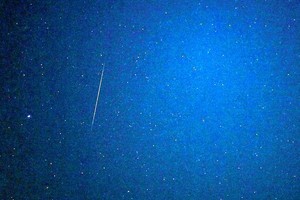
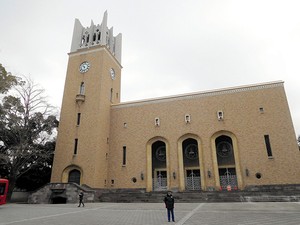

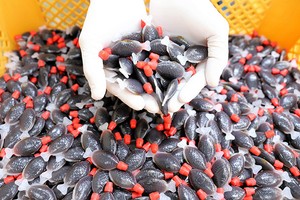

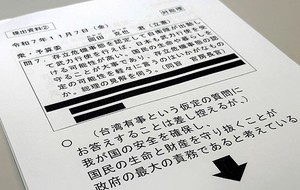

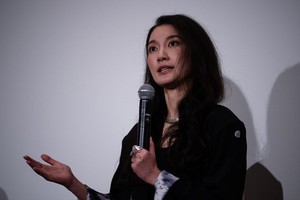
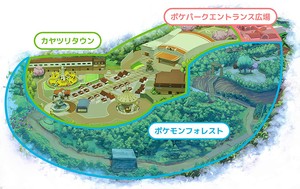




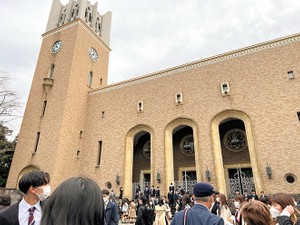

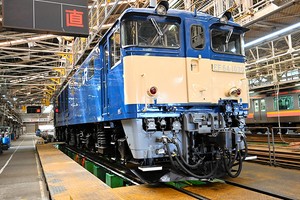

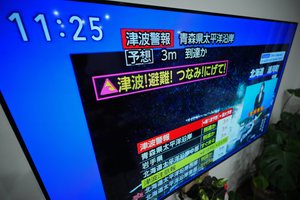
A peek through the music industry’s curtain at the producers who harnessed social media to help their idols go global.
A series based on diplomatic documents declassified by Japan’s Foreign Ministry
Here is a collection of first-hand accounts by “hibakusha” atomic bomb survivors.
Cooking experts, chefs and others involved in the field of food introduce their special recipes intertwined with their paths in life.
A series about Japanese-Americans and their memories of World War II